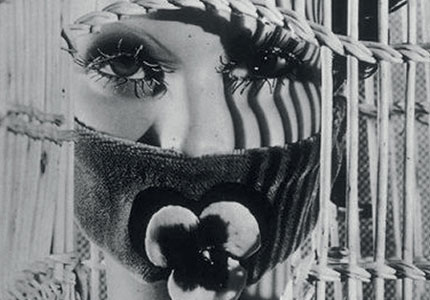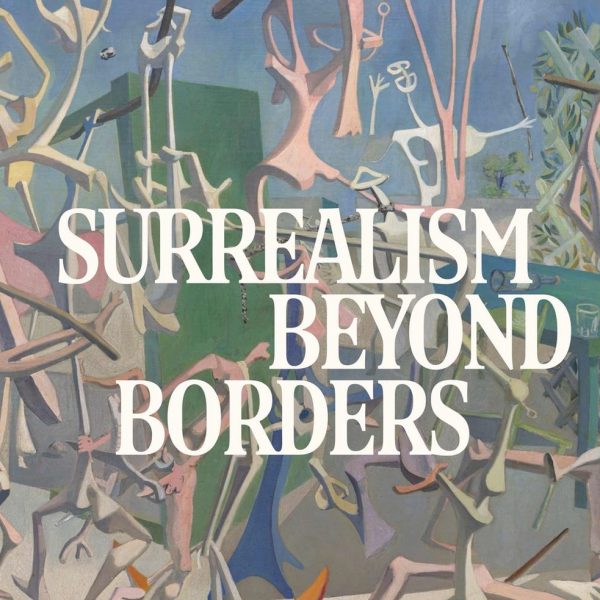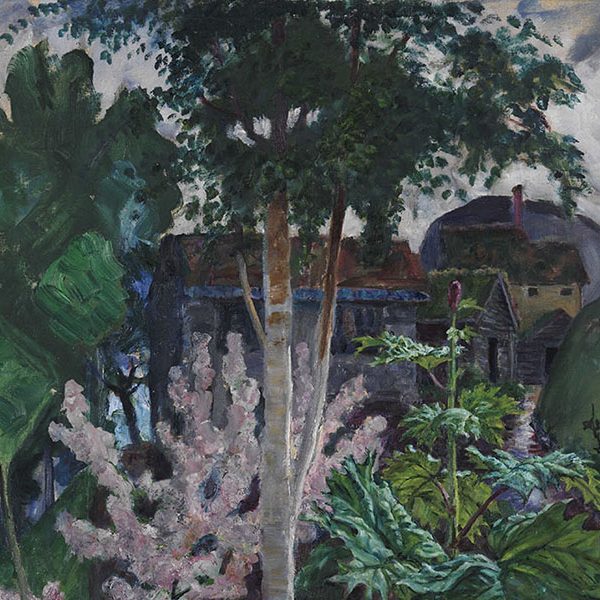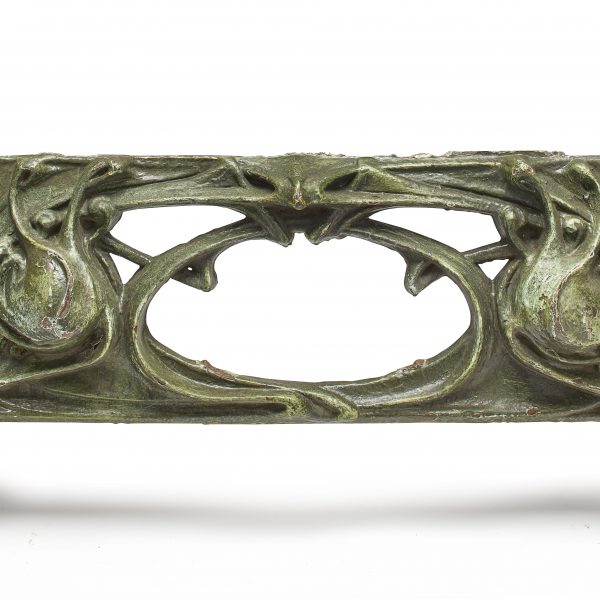Sneak a Peek at THE EROTIC DOLL: A Modern Fetish
Marquard Smith is research leader and head of doctoral studies in the School of Humanities, The Royal College of Art, London, and editor-in-chief of the Journal of Visual Culture.
In February 2014, we will publish a new book by Marquard, entitled The Erotic Doll: A Modern Fetish. This will be the first book to explore the historical, theoretical, and phenomenological relations between men and the inanimate human form, such as dolls, mannequins, and artificial body parts, in the art and visual culture of modernity. Set against a backdrop of the 19th century “invention” of heterosexuality, and distinctly modern configurations of fetishism, perversity, and animism, Marquard details fascinating encounters, including Oscar Kokoschka and his doll of Alma Mahler, Hans Bellmer and his poupées, the Surrealists and their mannequins, and Marcel Duchamp and his figure in Étant donnes. Marquard argues that such encounters in the history of art and visual culture are also connected to encounters in capitalist modernity’s manufacturing and circulating of inanimate human forms such as waxworks, shop window dummies, and bespoke love dolls in our ever-more over-developed consumer culture.
In the following sneak peek from the book, he addresses Pygmalionism and the magical, transformative powers of early cinema.
In early adventures in moving images, cases of inanimate human form coming to life by technological conjuring include the animated still or ‘sequence’ photography of moving bodies in the experiments of Eadweard J. Muybridge and Etienne-Jules Marey. These resonate with concomitant time-and-motion studies such as the invention of the scientific management of efficiency in the Taylorism of Frederick Winslow Taylor and the Fordism of Henry Ford. Attentive to the dangers of technological mechanisation of the human at the heart of industrial capitalism were also Fritz Lang’s Metropolis (1927) with its Evil Maria automata and Charlie Chaplin’s Modern Times (1936) with its mechanisationof- man thesis. Earlier still, Georges Melies had made his 1898 trick film version of Pygmalion and Galathea, his Coppélia: la poupée animée (1900, no longer extant), Poupée vivante (1908), and in 1903 his production of Illusions Extraordinaires (Extraordinary Illusions). As the cultural historian Michelle E. Bloom points out, this refers to Pygmalion implicitly by featuring Melies himself ‘as a magician who assembles dismembered body parts into a statue and then transforms the statue into a woman’.45 Things coming into motion, into emotion, do so by the cinematic tricks – cuts, fade-outs and so on – that prove that the magic of transformation is built into the very apparatus, techniques and affect of cinema. This is all closely tied, as Nead puts it, to a culture preoccupied visually and technologically with life and motion: ‘It is historically consistent that the story of Pygmalion enjoyed a renewed popularity in the visual arts late in the nineteenth century, just when attempts to design machines to create living pictures and moving images were escalating and had assumed a pressing momentum.’ The cinema became, thus, the culmination of Muybridge and Marey’s attempts to animate still photography by way of the sequence, an interest in ‘serial motion’ that is found in waxwork museums, where, like tableaux vivants, panoramas and dioramas, frozen scenes became proto-cinematic as participants mobilised the scenes by themselves moving through the displays.
As these examples suggest, the forever growing interest in Pygmalion and his statue from the late eighteenth century onwards, and specifically for my purposes in the last quarter of the nineteenth century, was tied to transformative powers. These are matter, magic, the imagination, and, as just noted, emerging ideas about first the physiological-isation, then the neurologicalisation, then the electric-ification and finally the technological machinisation of the human. In the context of such transformations, our sense of the (human) body is itself transformed, reconfigured from a bio-mechanical to a bio- electric or, better, a bio-technological system. Such artificialisation, such a turn from Man as God-given to Man as bio-technological machinic system is fundamental to the human body as it was transformed in and by modernity. It was precisely encapsulated by Walter Benjamin in a fragment of The Arcades Project where the technological supersedes the natural, leading to a dissolving of the natural, the aesthetics of beauty, gender, sexuality and reproductivity itself. It is telling that he fingered Hoffmann’s Olympia as emblematic: ‘The extreme point in the technological organization of the world is the liquidation of fertility. The frigid woman embodies the ideal of beauty in Jungendstil. (Jungendstil sees in every woman not Helena but Olympia)’.
Such fantasies of the idea of the ideal woman, and many others, are connected with irreconcilable tensions brought on by a number of factors. These include the emergence of feminism; the eugenicist fantasy of man-made perfection; a surfeit of figurations of woman as a sentimentalised and idealized ‘angel of the house’ to be worshipped or as an embodiment of gothic and demonic carnality; the damning (but also revering) of the (artificialised) nature of ‘woman’ in capitalist modernity’s bourgeois consumer culture as vacuous, stupid and frivolous; and man’s decadent indulgence in erotic daydreaming and fantasies of possession and their very opposite, a will to take flight from such sexuality. If there is at modernity’s heart a ‘primacy of artifice over nature’, according to the comparative literature scholar Charles Bernheimer in his considerations of decadent aesthetics, I might propose that this is tied to another ongoing friction, that between the primacy of artifice over nature, the ‘artificification’ of nature, or even nature as artifice, and the invention of (male heterosexual) sexuality as polymorphously perverse.
While excessively wide-ranging, historically and in terms of their medium, and grossly itemised for my purposes, these philosophical, literary, fictional, poetic, theatrical, graphic, painterly, sculptural, photographic and early cinematic inventions and re-inventions of the myth of Pygmalion and his statue all meld the magical, the imagination, modern science and technology. All include a belief in the idea of inanimate human form or matter becoming animate, coming to life, being brought to life, possessing the desire for life. All to a greater or lesser extent stress this potential and the durational process by which such animating works. This is where the creator, the animator, the artificer, a modern-day Pygmalion makes, crafts, wills human form, inanimate matter, the artificial into life and falls in love with his own creation: operisque sui concepit amorem. A desire to consummate such love is never far away. Yet it is rarely explicit, usually only intimated. This accounts for the pervasive assumption, erroneous to my mind, that ‘as long as the statue is marble Pygmalion’s desire can never be satisfied’. Tellingly, we have to look away from these creative types if we want to see the point at which falling in love with statues moves over to wanting to have sex with statues. It is not only to the artificer, the animator, the creative genius, the modern-day Pygmalion that we must turn but also to the ordinary man. In fact, to the ‘ignorant and uncultured’ ordinary man, although to the ‘educated’ man also, with a lust and desire forinanimate matter as matter. This is where Pygmalion meets Pygmalionism.



























